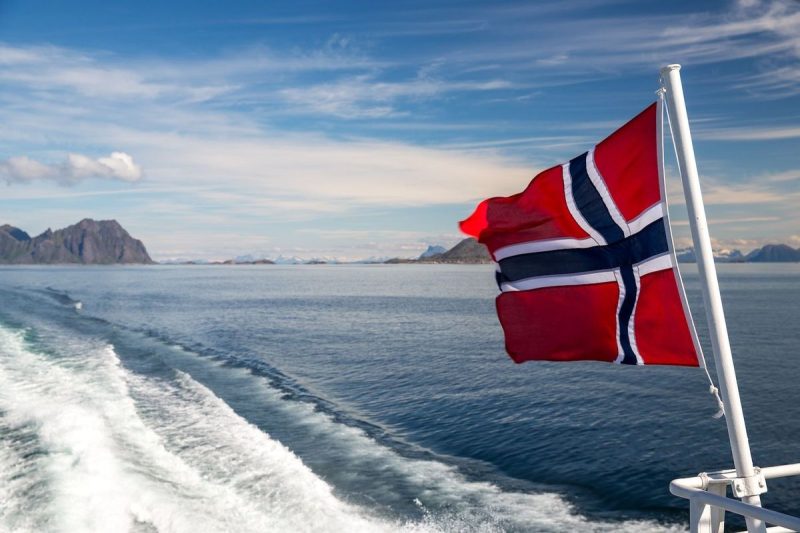Deep-sea mining in Norway has recently come under scrutiny due to concerns raised by environmental organization Greenpeace about its potential harm to marine biodiversity. The practice of deep-sea mining involves extracting valuable minerals such as copper, nickel, and cobalt from the ocean floor, which has vast untapped mineral reserves. While proponents argue that deep-sea mining is essential for meeting the growing demand for rare minerals used in modern technologies, critics point to the significant environmental risks associated with this practice.
One of the primary concerns raised by Greenpeace and other environmental groups is the potential impact of deep-sea mining on marine biodiversity. The deep-sea environment is home to a wide range of unique and fragile ecosystems, including hydrothermal vents, cold-water corals, and deep-sea habitats that support a diverse array of marine species. These ecosystems are often slow-growing and highly sensitive to disturbances, making them particularly vulnerable to the disruptive effects of mining activities.
Greenpeace has warned that deep-sea mining operations in Norway could have serious consequences for marine life, including the destruction of habitat and the displacement of species. The physical disturbances caused by mining activities, such as sediment plumes and noise pollution, can disrupt the delicate balance of deep-sea ecosystems, potentially leading to the loss of biodiversity and the extinction of vulnerable species.
Furthermore, the chemical and heavy metal pollution generated by deep-sea mining operations can have far-reaching effects on marine life, affecting not only the immediate vicinity of the mining site but also spreading through ocean currents to impact a larger area. Toxic substances released during the mining process can accumulate in the food chain, posing risks to marine organisms and ultimately to human health through seafood consumption.
In addition to the direct environmental impacts of deep-sea mining, there are also concerns about the lack of regulatory oversight and monitoring of mining activities in international waters. The vast majority of deep-sea mining projects are located in areas beyond national jurisdiction, where regulations are often inadequate or nonexistent. This regulatory gap raises questions about accountability and the ability to prevent and mitigate environmental damage caused by mining operations.
As the demand for rare minerals continues to rise in tandem with advancements in technology, the pressure to exploit deep-sea mineral resources will likely increase. It is crucial for policymakers, industry stakeholders, and environmental organizations to engage in meaningful dialogue and collaboration to address the environmental risks associated with deep-sea mining. By implementing effective regulatory frameworks, conducting thorough environmental impact assessments, and exploring alternatives such as recycling and sustainable sourcing of minerals, it may be possible to strike a balance between meeting resource demands and protecting marine biodiversity for future generations.




























